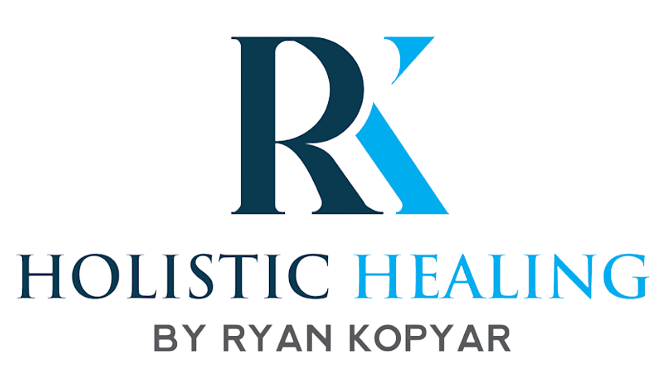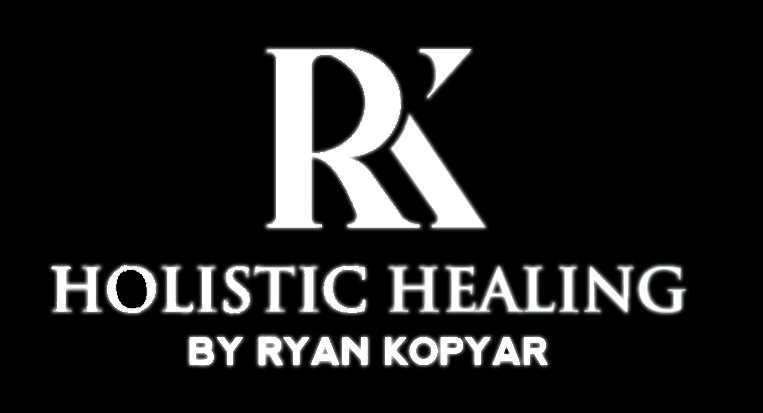Theoretical Models and Approaches for Substance Abuse Diagnosis and Treatment
Substance abuse counseling requires a multimodal and multicausal lens through which clinicians and counselors design and implement treatment plans specific to their unique clients. To that point, there is no one size fits all theoretical model that can explain the etiology behind why individuals develop substance abuse and addiction pathologies. Each individual client is unique, with their own personal, familial, and medical history. Therefore, effective substance abuse counselors are equipped with a robust understanding and knowledge of the various models and treatment approaches. This paper will examine four subsets of models and explore how each subset lends a strong theoretical perspective to aid counselors in understanding their client’s substance abuse. These four subsets are; Cognitive-Behavioral Model of the Psychological Models, Brain Disease Model of the Disease Model, Neurobiological Model of the Biological Models and Family Disease Model of the Family Models. Herein, each model will be explained, an example of addiction through the lens of this model will be provided, and finally, clinical data and academic literature will be correlated. This will be done to support why the author of this paper believes these aforementioned models represent a strong foundational understanding of addiction etiology and treatment approaches.
Cognitive-Behavioral Model: Of the Psychological Models
The Cognitive-Behavioral Model (CB) is based on a psychological model of explaining the etiology of addiction. The CB model elucidates that the impetus for drug use is to create various enhanced life experiences for the user (Capuzzi & Stauffer, 2013). Furthermore, continuation of drug use serves to strengthen the height of the experiences and cause the individual to become dependent on the drug (Capuzzi & Stauffer, 2013). The feelings associated with these experiences can be associated with altering the objective experience to a subjective one of heightened pleasure, relaxation, or exhilaration (Capuzzi & Stauffer, 2013). These recurring desired feelings, act as reinforcement to the brain that using the drug has a pleasurable effect and must be continued. Thus, leading to addiction. Once the user has become addicted, they will then begin to experience painful feelings and emotions catalyzed by a neuro and biochemical disharmony from homeostasis, which further engrains the user to continue use and inhibits cessation due the unpleasant experience of withdrawal effects (Capuzzi & Stauffer, 2013).
Example of Addiction Through the Lens of Cognitive-Behavioral Model
Jackson, is a thirteen year old boy who has just entered his freshman year of high school. Jackson is the youngest of three children and his two older sisters were both valedictorians of their respective classes. Jackson is under a lot of pressure from both his parents and even his older sisters to make sure he continues the family history of being valedictorian of his class. One evening, Jackson stayed after school late to finish a project. He felt very stressed and anxious, but as he was leaving, he saw a group of older students smoking marijuana at the back corner of the building. As the older students were laughing and joking around one yelled over to Jackson as he left, telling him he looked stressed and told him if he came over, they would give him something that would ‘really chill him out if he tried just one drag.’ Reluctantly, Jackson went over, and eventually ended up smoking some of the marijuana. Within five minutes, Jackson felt relaxed as the effects of the marijuana set in. He realized that he no longer felt the mental pressure of his scholastic work and did not feel the emotional anxiety of familial expectations. Jackson starts out meeting up with the older students only on days when he is particularly stressed, but eventually ends up meeting with them every day. Smoking marijuana has become his stress relief outlet where he can relief the mental and emotional effects he was experiencing in his mind. Unfortunately for Jackson, the marijuana also effects his memory and the more marijuana he smokes, the more his performance goes down. This only causes Jackson to want to use marijuana even more, because his stress levels go up as his scholastic performance goes down.
This is an example of marijuana use which eventually leads to addiction explained through the lens of the CB model. Jackson uses the marijuana to produce desirable relaxation effects for his mind. However, the deleterious effects on his cognitive functioning, specifically his memory, end up causing a closed loop of negative repercussions, leading him to become addicted.
Academic Support
McHugh et al., (2010) speak to the robust research and clinical data which support the CB model as explaining the etiology of substance use disorder and addiction. McHugh et al., (2010) opine that examining etiology through the underpinnings of the CB model and conceptualizing treatment through the use of Cognitive-Behavioral Therapy (CBT) will lead to successful clinical outcomes in addiction treatment. Dong and Potenza (2014) expand the framework of using the CB model beyond substance abuse treatment. In their research, Dong and Potenza (2014) speak to how the CB model can explain other forms of addiction, including internet gaming. Thus, there is a wide range of addiction related pathologies where the CB model is used to explain the etiology of addiction. Moreover, the inherently robust nature of CBT as a treatment modality lends credibility to the underpinnings of which the CB model explains the etiology of addiction (Capuzzi & Stauffer, 2013).
If you are searching for addiction counseling near me and you live anywhere in Washington State then Call me today at 973-224-8171 for a free intro online counseling (also known as virtual counselling or virtual counselling ) session today! Addictions Counseling can help us to overcome our addiction and start creating the life we want!
Ryan Joseph Kopyar
References
Bell, S., Carter, A., Mathews, R., Gartner, C., Lucke, J., & Hall, W. (2013). Views of addiction neuroscientists and clinicians on the clinical impact of a ‘Brain disease model of addiction’. Neuroethics, 7(1), 19-27. https://doi.org/10.1007/s12152-013-9177-9
Capuzzi, D., & Stauffer, M. D. (2013). Foundations of addictions counseling. Pearson.
Courtney, A. L., Casey, B. J., & Rapuano, K. M. (2020). A neurobiological model of alcohol marketing effects on underage drinking. Journal of Studies on Alcohol and Drugs, Supplement, (s19), 68-80. https://doi.org/10.15288/jsads.2020.s19.68
Csiernik, R. (2002). Counseling for the family: The neglected aspect of addiction treatment in Canada. Journal of Social Work Practice in the Addictions, 2(1), 79-92. https://doi.org/10.1300/j160v02n01_05
Dong, G., & Potenza, M. N. (2014). A cognitive-behavioral model of internet gaming disorder: Theoretical underpinnings and clinical implications. Journal of Psychiatric Research, 58, 7-11. https://doi.org/10.1016/j.jpsychires.2014.07.005
Koob, G. F., & Le Moal, M. (2006). Neurobiological theories of addiction. Neurobiology of Addiction, 377-428. https://doi.org/10.1016/b978-012419239-3/50046-1
McHugh, R. K., Hearon, B. A., & Otto, M. W. (2010). Cognitive behavioral therapy for substance use disorders. Psychiatric Clinics of North America, 33(3), 511-525. https://doi.org/10.1016/j.psc.2010.04.012
Miller, N. S., & Giannini, A. J. (1990). The disease model of addiction: A Biopsycihatrist’s view. Journal of Psychoactive Drugs, 22(1), 83-85. https://doi.org/10.1080/02791072.1990.10472201
Pert, C. B. (1997). Molecules of emotion: Why you feel the way you feel. Simon & Schuster.
Shanmugam, P. K. (2020). Psychoeducation impact for family members of substance users: An evaluation the workbook “Addiction: A family disease”. Journal of Substance Use, 26(2), 202-211. https://doi.org/10.1080/14659891.2020.1807632
Volkow, N. D., Koob, G. F., & McLellan, A. T. (2016). Neurobiologic advances from the brain disease model of addiction. New England Journal of Medicine, 374(4), 363-371. https://doi.org/10.1056/nejmra1511480



